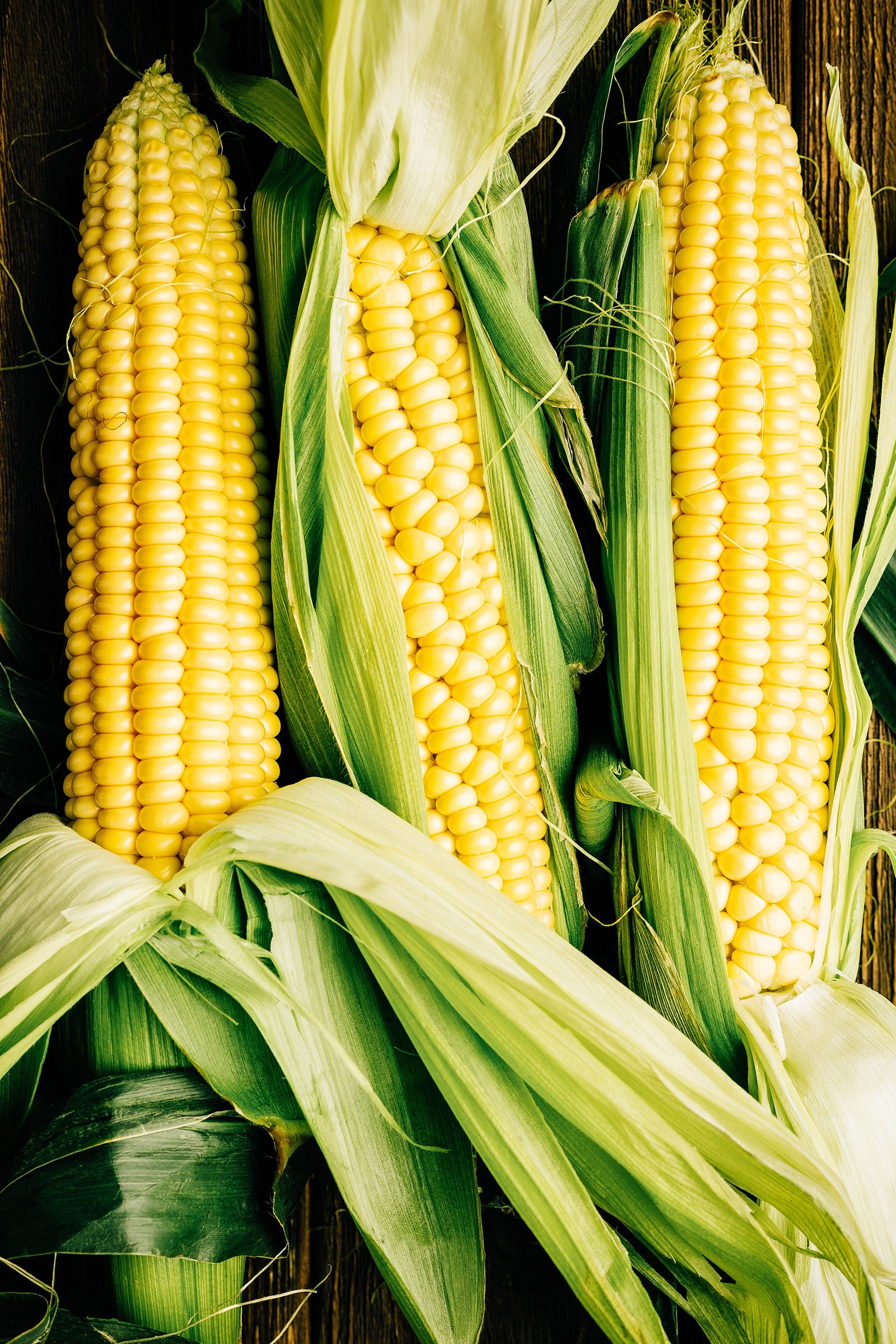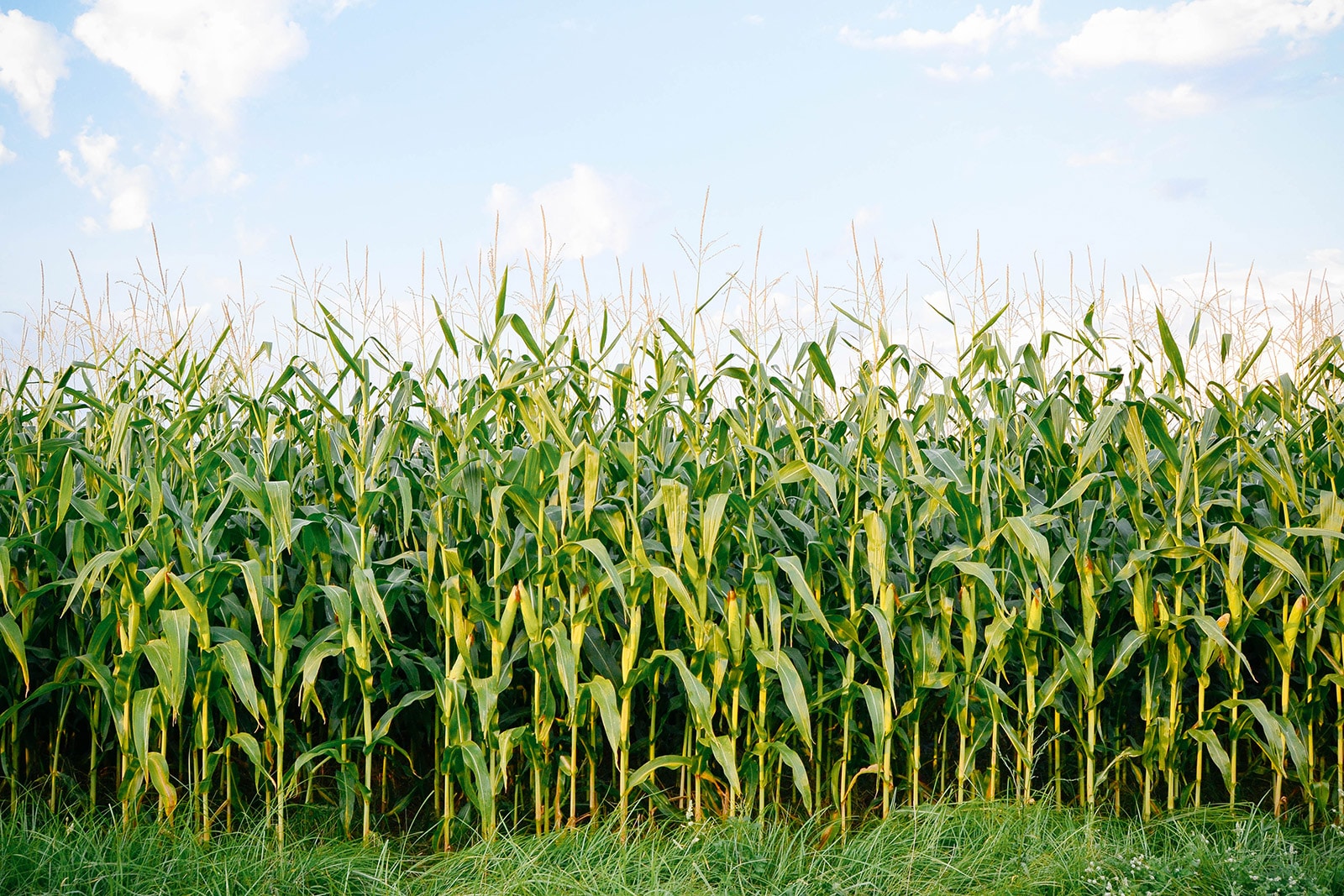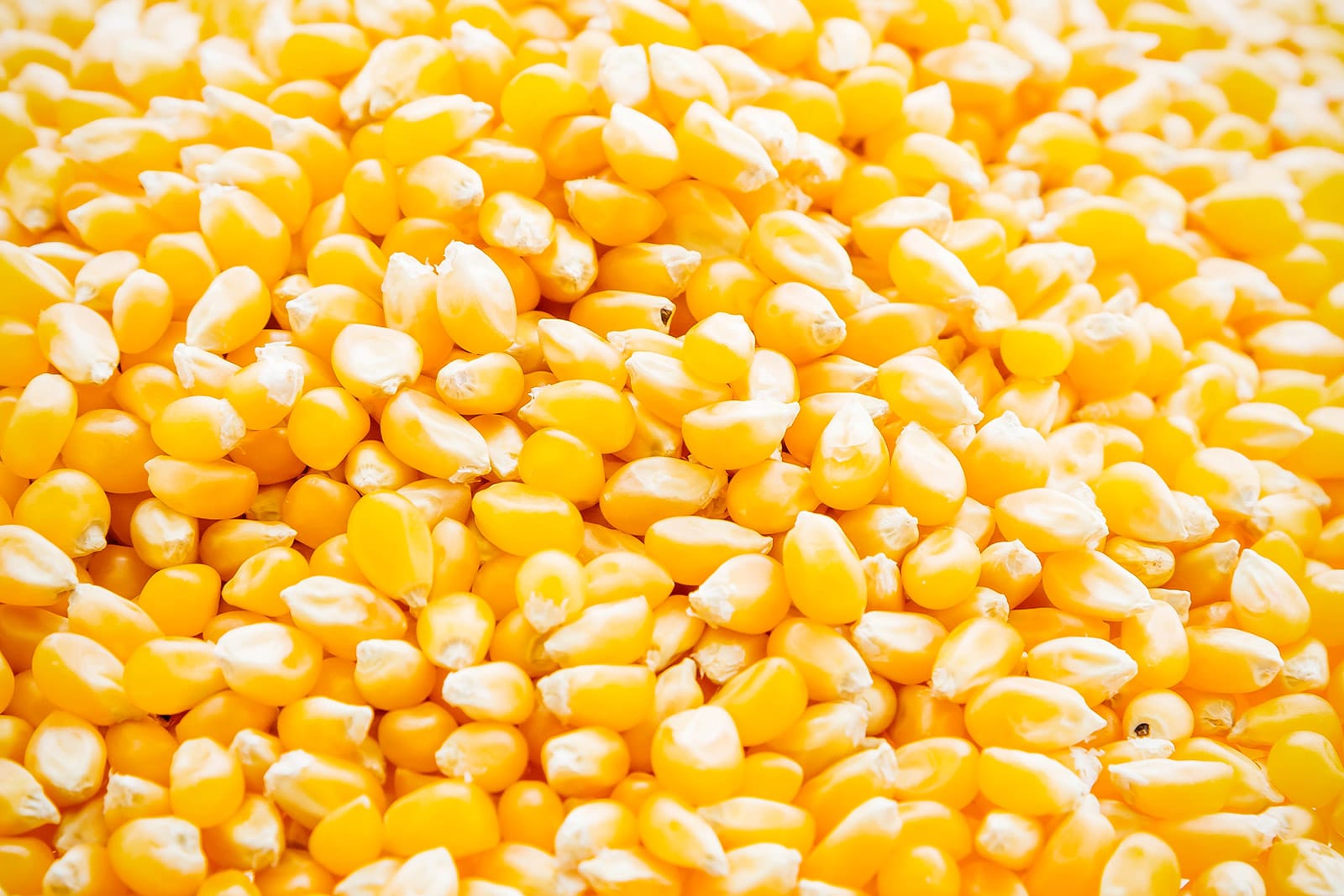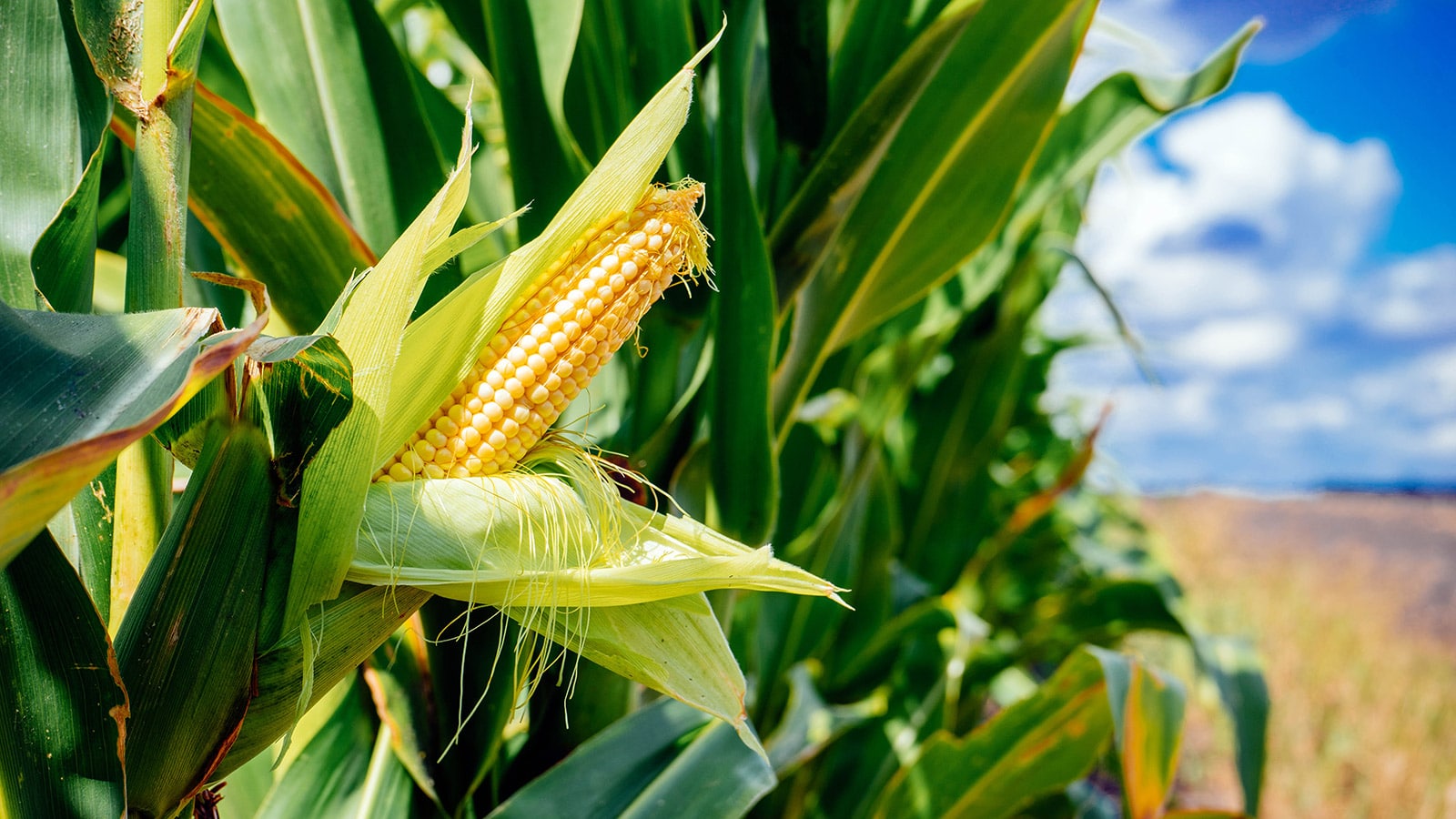Something that many people may have noticed is how similar corn and maize are. They look pretty much the same. They’re grown in a similar way and are often even used for many of the same things.
So what’s the difference between corn and maize?
Besides some small differences in certain varieties of these crops, they are pretty much the same!

It all comes down to regional differences
Corn and maize are simply two different terms used by different regions to describe one of the most versatile and essential grain crops.
Corn is mainly used in North America, however in the UK and other parts of the world, maize is more commonly used.
Despite this, there are a lot of inconsistencies in where and how these terms are used, and you may often hear them swapped around in both countries, as well as in other parts of the world.
This is confusing enough, but it gets even more confusing when you start to consider the different varieties of grain and how they are used and harvested.
Both terms are also used depending on specific aspects of preparation and farming, as well as intended use and whether it’s a specific type of grain.
For example, corn is most commonly used when referring to food items, such as popcorn, whereas maize is less commonly used to describe these foods, even though it comes from the same crop.
So even though the term maize is used in the UK, they don’t call their popcorn “popmaize,” perhaps because it just doesn’t have the same ring to it.
However, when it comes to formal usage (like in scientific study, business use, or when dealing internationally), maize is the more commonly used term.
This is most likely because it’s the more common term outside of the US and Canada, and has a broader, simpler meaning than the various types of corn and how they are consumed and prepared.
One thing I do know for sure is that whether you call it corn, maize, or something else, all these terms describe one of the world’s most vital crops.
Its versatility, yield, and flavor are well known, and thousands of years of human agricultural study and pressure have made it one of the most important—if not the most important—cereal crops.

What is maize?
Maize was the crop grown by the indigenous peoples of the Antilles islands, which are located in the Caribbean. These are the large islands where Cuba, Haiti, and others exist as part of the Antilles Archipelago.
Way back when Christopher Columbus was exploring the West Indies, he and his crew stopped at an island north of the Antilles archipelago, where the indigenous Tahino peoples shared their main food source with Columbus and his crew.
As you can probably guess, their main source of food was maize, which the Taíno farmers referred to as Mahiz, which means “source of life” in the Taíno language.
When the explorers brought these new crops with them to Europe, the indigenous name slowly mutated from mahiz into maize.
As I mentioned earlier, maize is actually the scientific designation for corn and it’s also the most popular name for the crop internationally.
The reason maize is the preferred term for both scientists and formal business is that maize is quite a unique word that obviously only refers to one crop in particular, and so it cannot be confused with other crops and food products.
Corn isn’t preferred as it can mean many different things depending on the location, context, and type of product in question.
This is why maize is used by large industrial entities and research groups such as the Commonwealth Scientific and Industrial Research Organisation (CSIRO) and the Food and Agriculture Organization (FOA) of the United Nations.
While corn is more commonly used in everyday language and marketing, maize is still important due to its formal usage.

What is corn?
Corn is one of the most versatile plants in the world and is actually grown from the seed of a type of grass, which is why it has some similarities to certain grass species.
As a cereal grain, it’s a very important crop with a range of applications, and not all of these are food-related.
Its importance and various different uses have actually made corn the biggest provider of energy and carbohydrates when compared to any other crop in the world, and it also covers more farmland than any other food crop in the world. This indicates just how reliant we are on corn in its various forms.
But we don’t rely on this crop just for food. Corn and its byproducts are used in all sorts of processes and products, including as a component of explosives, paint, various chemicals, various dyes and solvents, and certain types of plastic. It’s even used in the manufacture of many pharmaceuticals.
Corn mainly consists of carbohydrates and other nutrients, which have known health benefits, and can be eaten by celiacs since it’s gluten-free, making it a very important grain for a large variety of replacement foods to help provide celiacs with alternatives to wheat-based products.
As a food, corn can be prepared in a multitude of ways and can also be turned into new ingredients such as syrup, flour, and even feed for various types of livestock.
It can be processed in such a way to become ethanol, a type of alcohol that has many uses, including powering cars and other vehicles.
As a word, corn has various uses depending on the context and location it’s being used.
Historically, corn referred to whatever crop was most dominant in the local region where the word was used. In the UK this could have meant wheat, whereas in other parts of the world it could have referred to rye, barley, or even oats.
This may be why there’s so much confusion about where corn actually stems from.
Corn is less used in regional terms in the present however, and is actually more often used as a marketing term or a common name for various maize-based products.
For example, in the US cornstarch is a popular ingredient in many products, as well as corn syrup which is heavily used in industrial food production in North America.
There is also sweet corn, which is a type of corn that is harvested early to retain its delicious crunchy and sweet taste, and of course popcorn, where corn kernels are cooked until they pop open.
Related: Golden Bantam Sweet Corn (With a Cilantro-Lime Butter Recipe!)

So what’s the difference between corn and maize?
Maize is typically used when referring to the crop in its agricultural environment. Farmers grow maize, however they sell it to various other places as corn, especially when it will be used as food.
Just remember that while not all corn is maize, all maize is technically corn!
















Thank you for clarification. My colleagues who work in agriculture, had no clue about the difference between maize and corn.
Thanks. Very informative and interesting article. I am going to include corn in my supper tonight .
This article reads like an 8th grader trying to do an assignment when the teacher says you have to use 1000 words. A lot of redundant wording, therefore it ends up boring. Please get to the facts in a clear and concise manner and maybe I, and others, will buy from your adverts. Just a simple suggestion.
I’m British and I’ve lived in England my entire life (and I’m 32), and I’ve never heard any brit call corn “maize”. We call it sweetcorn in the UK, not maize. The only time “maize” is used is when the conversation is talking about the ancient Aztecs. The word “maize” has simply never come up in any conversation I’ve ever had, and nobody ever says “maize” on TV on cooking shows or any other kind of TV show. People are only even aware of the word because of learning about the Aztecs, from history books.
You can’t go to any supermarket and buy “maize”. It literally doesn’t exist, there’s nothing by that name in any British supermarket. No, what you do is you go look for “sweetcorn” because that’s what we call it over here. Seriously, go to the website of any of our big supermarkets, like Tesco, Asda, Sainsbury’s, Waitrose, Morrisons, Aldi, etc and search on the online shop for “maize” and see what comes up. Nothing comes up. But search for “corn” and you get dozens and dozens and dozens of different things called “sweetcorn”. The biggest most well known brand is Green Giant sweetcorn.
I’m really not sure where on earth you got the idea that we call it maize in the UK. It’s a bizarre claim, frankly. Oh and just so there’s no confusion, no it’s not a situation where we use an S instead of a Z, we don’t call it “maise” either.
Maize is listed on the ingredients of many cereal products in the UK rather than corn. Agree it’s not used in everyday conversation but the article doesn’t claim this – it states it’s used in scientific and larger business settings. It even gives examples of common food items that we refer to as “corn” rather than “maize”. As an example, the big UK supermarkets are interested in buying “maize” products on international markets.
As a kid growing up in the UK many years ago, I was taught that “corn” was basically grain feed for livestock. Maize was what we ate.
Its Taino… not Tahino
Thanks for catching that! The name has been corrected.
Rule of thumb in our region is corn is yellow and mauze is white…
What is pozol related to maiz?
Pozol is a beverage made from fermented corn dough.
In Tx, maize is interchangeable with milo. While they are grain, they grow more like sourgum. Than corn. Milo is considered a filler crop, planted for chicken feed if a more profitable crop has failed to produce.